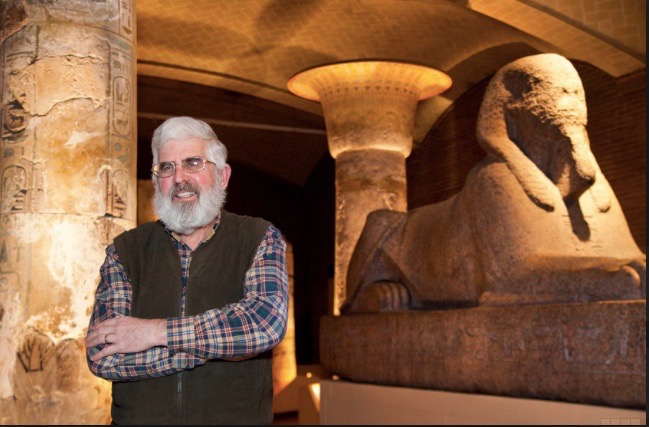(Pictured: archaeologist Patrick E. McGovern) BETH MCLAUGHLIN WRITES – When people hear the word “Chinese,” their next thought isn’t necessarily “archaeology.” But that is changing. As China opens up to the West, it in fact is digging deeper into the remains of its own history. While several thousand years of Chinese history have been recorded, millions of ruins and artifacts are just now being uncovered.
During the Communist Revolution, revolutionary leader Mao Zedong outlawed Chinese traditions, religions and customs. Now the Communist party seems to be easing up, not just by loosening restrictions on the one child policy or freedom of worship, but in rediscovering Confucianism and Chinese history. In fact, the Chinese government, which set a goal to be number one in UNESCO world heritage sites, is now neck-and-neck with Italy, at 52 to 53. Given the relative size disparity between the two countries and the fact that Italy has been teeming with archaeologists since the earliest days of the discipline, Italy can’t be expected to hang onto that lead forever.
Western audiences aren’t always aware that China’s civilization spans 5000 years of recorded history, with written records dating to the Shang dynasty in 1250 BC. True, most people have heard about the Terra-Cotta Army in Xi’an and the Great Wall in Beijing, but few know about the Qin Dynasty events that provide the historical context to illuminate these amazing artifacts, providing a wealth of opportunities for movie adaptations, tourism and a broader understanding of human history worldwide.
Chinese archaeological discoveries have included some quirky finds, such as the world’s oldest bowl of noodles and the very first alcoholic drink– the latter, says archaeologist Patrick E. McGovern, was a Neolithic creation in Jiahu, China, who recounts enjoying the archaeological task of recreating the beer.
The sheer size of China and its wealth of both artifacts and written history should make it an attractive destination for archaeologists, but the lack of English translators for archaeological studies could render Chinese archaeology barely accessible to Western audiences. Classicists and archaeologists may know several European languages, including Arabic, but rarely study Chinese. Universities offering majors focused solely on Western, American, and Near Eastern archaeology are partly to blame.
Some Western universities are working to change this trend, like NYU, which now offers graduate studies in Central and East Asian Art and Archaeology, and the University of Pittsburgh’s research focus on China, Mongolia, and Siberia. This is a credit to the late Kwang-chih Chang, a Sino-American archaeologist who helped revolutionize the field of Chinese archaeology by translating scholarly works into English. Chang, a professor at Harvard, brought Chinese discoveries to Western audiences as well as Western methods of scientific archaeology to Chinese excavations. In addition, De Gruyter’s academic journal “Chinese Archaeology” helps bring news? reports in translation to non-Chinese audiences. And since 2015, the University of Minneapolis has brought the award-winning Wenwu archaeology journal to English-speaking academics, repackaged and translated into the journal Chinese Cultural Relics, available both in print and online.
As the world becomes ever more global, the translation and dissemination of Chinese historical and archaeological resources will enrich us all.

